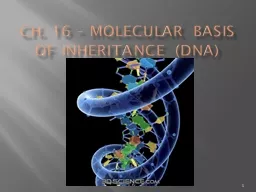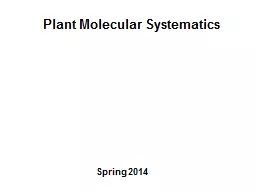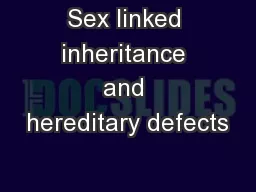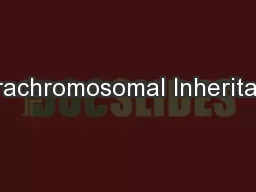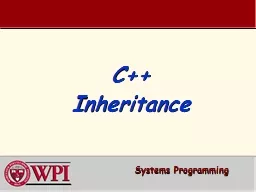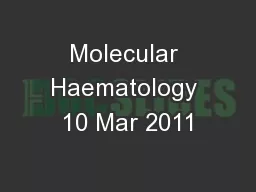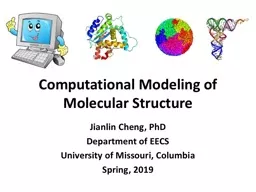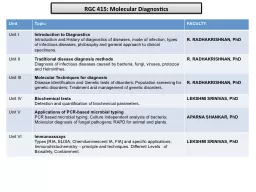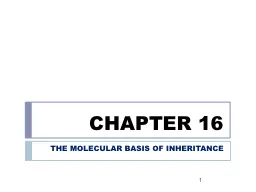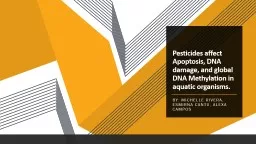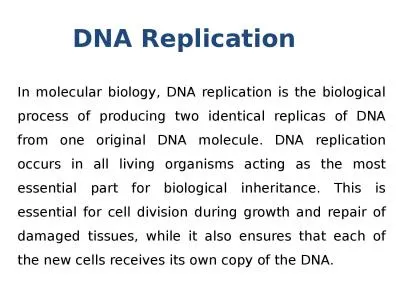PPT-Ch. 16 – Molecular Basis of Inheritance (DNA)
Author : ryotheasy | Published Date : 2020-06-17
1 Griffith Transformation Since Morgan showed that genes are found on chromosomes the new issue was whether the genetic material was in the proteins of the
Presentation Embed Code
Download Presentation
Download Presentation The PPT/PDF document "Ch. 16 – Molecular Basis of Inheritanc..." is the property of its rightful owner. Permission is granted to download and print the materials on this website for personal, non-commercial use only, and to display it on your personal computer provided you do not modify the materials and that you retain all copyright notices contained in the materials. By downloading content from our website, you accept the terms of this agreement.
Ch. 16 – Molecular Basis of Inheritance (DNA): Transcript
Download Rules Of Document
"Ch. 16 – Molecular Basis of Inheritance (DNA)"The content belongs to its owner. You may download and print it for personal use, without modification, and keep all copyright notices. By downloading, you agree to these terms.
Related Documents

